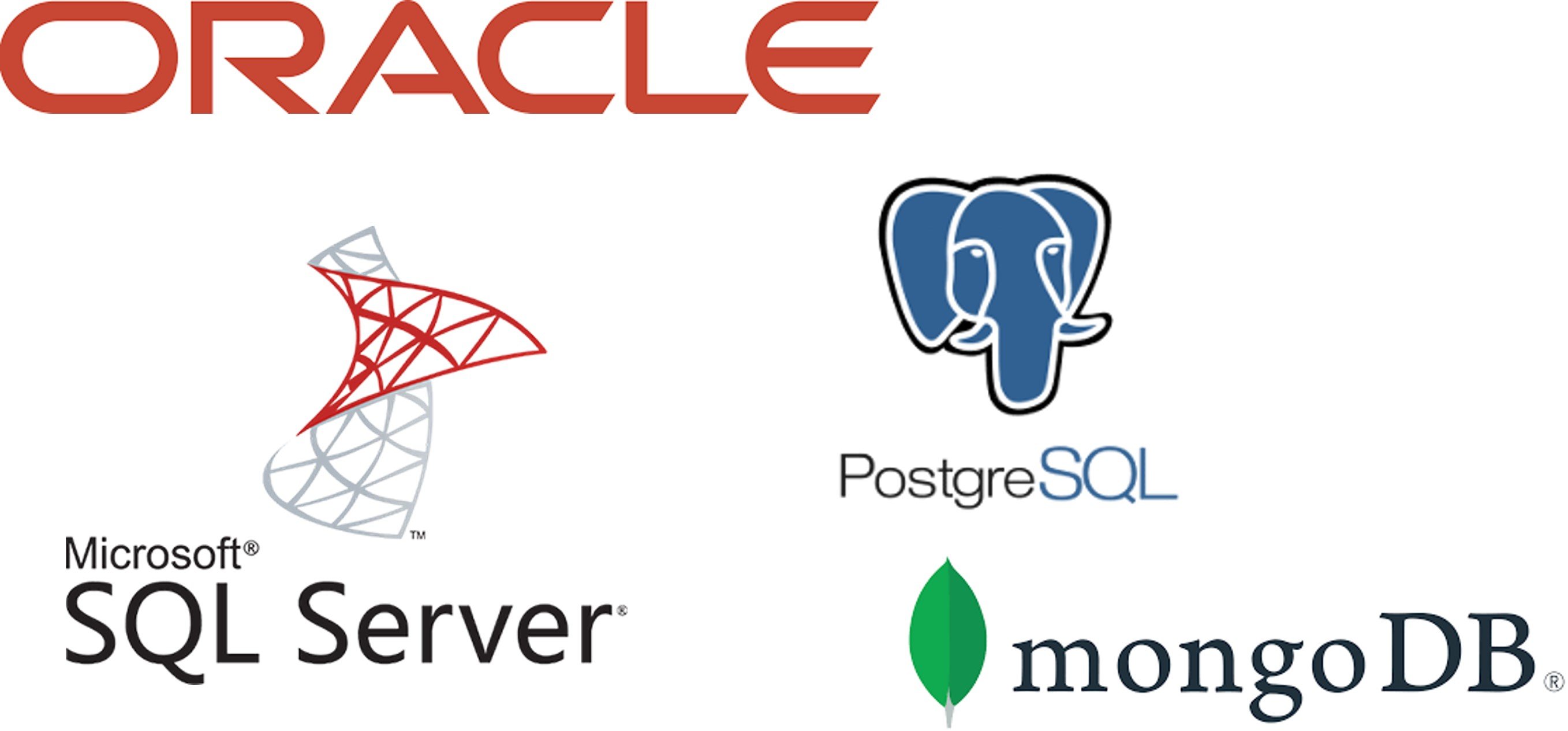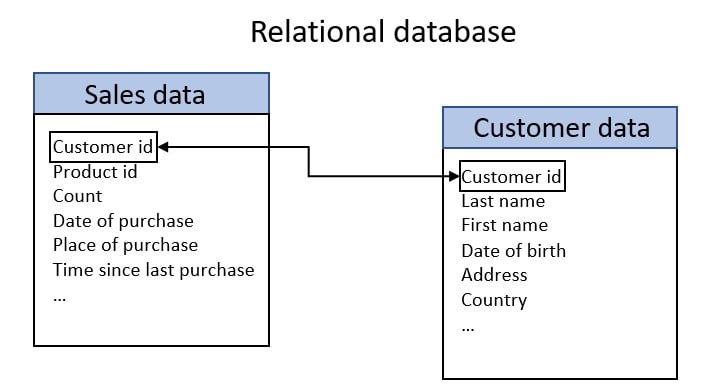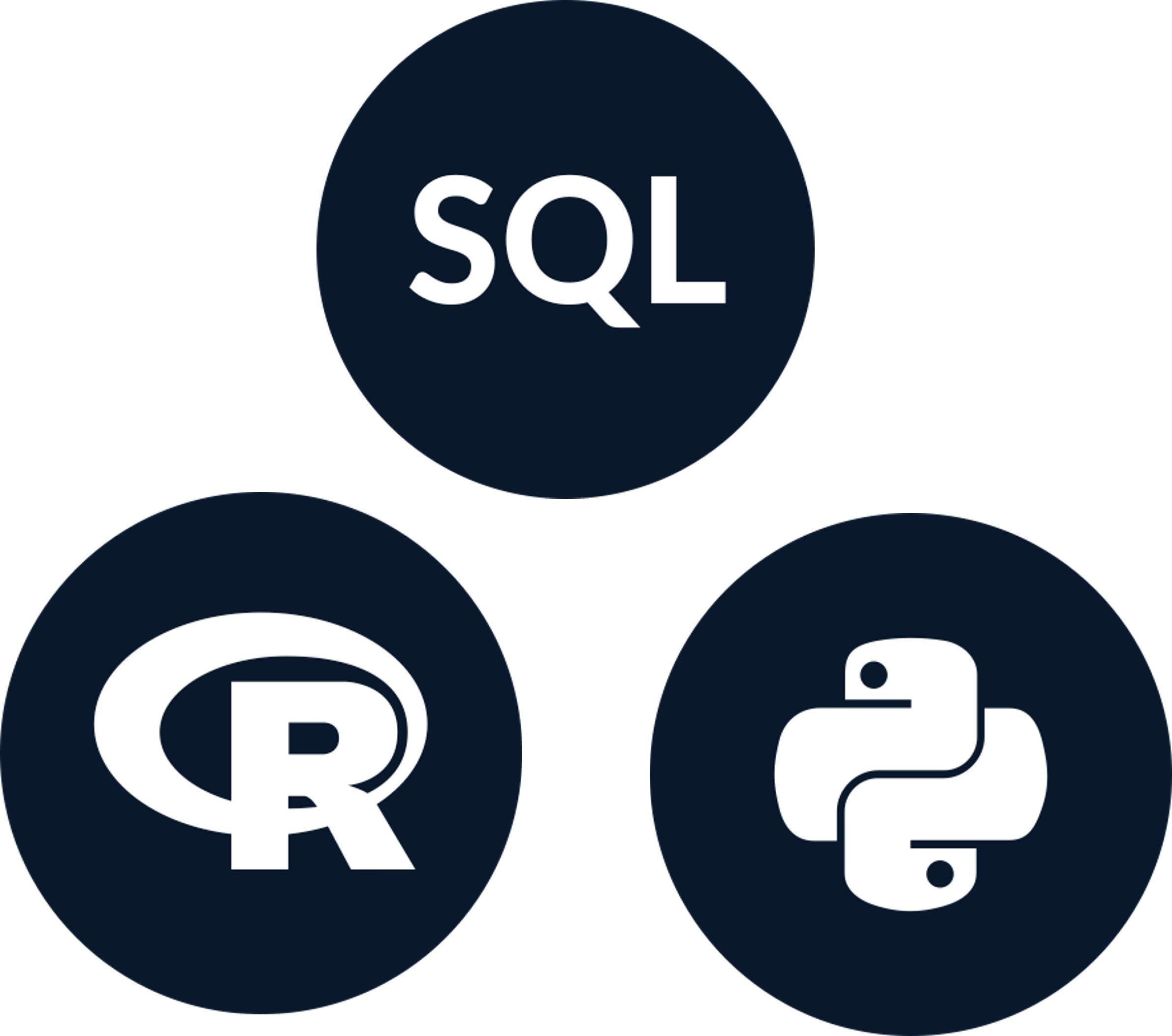Managing data
Introduction to Data Literacy

Jess Ahmet
Content Developer, DataCamp
Databases: basic concepts
- Database management system (DBMS): software for managing databases
Different types of databases:
- Relational vs. document database
- Data warehouse vs. data lake
Designing and optimizing database systems is typically the responsibility of a data engineer


Data storage in the cloud
- Data is stored on remote servers and accessed over the Internet
- Service provided by a specialized third party
- Cost-effective, but security dependent on third party

Automation through data pipelines
- Pipelines move data from one database to another
- Automated collection and storage via the ETL process:
- Extract
- Transform
- Load
- Ensures the availability of up-to-date and accurate data

Getting data from databases
- Querying: access and retrieve data
- Query with Structured Query Language (SQL)
- Further analysis with programming languages like R or Python

Dashboards
- Provides information at a glance,such as Key Performance Indicators (KPIs) and other metrics
- Receives data from a linked database
- Data is typically presented in a very visual
- Multipurpose tool: also used for exploratory analysis of the data and communicating
- Typically created and managed by a data analyst

Let's practice!
Introduction to Data Literacy

